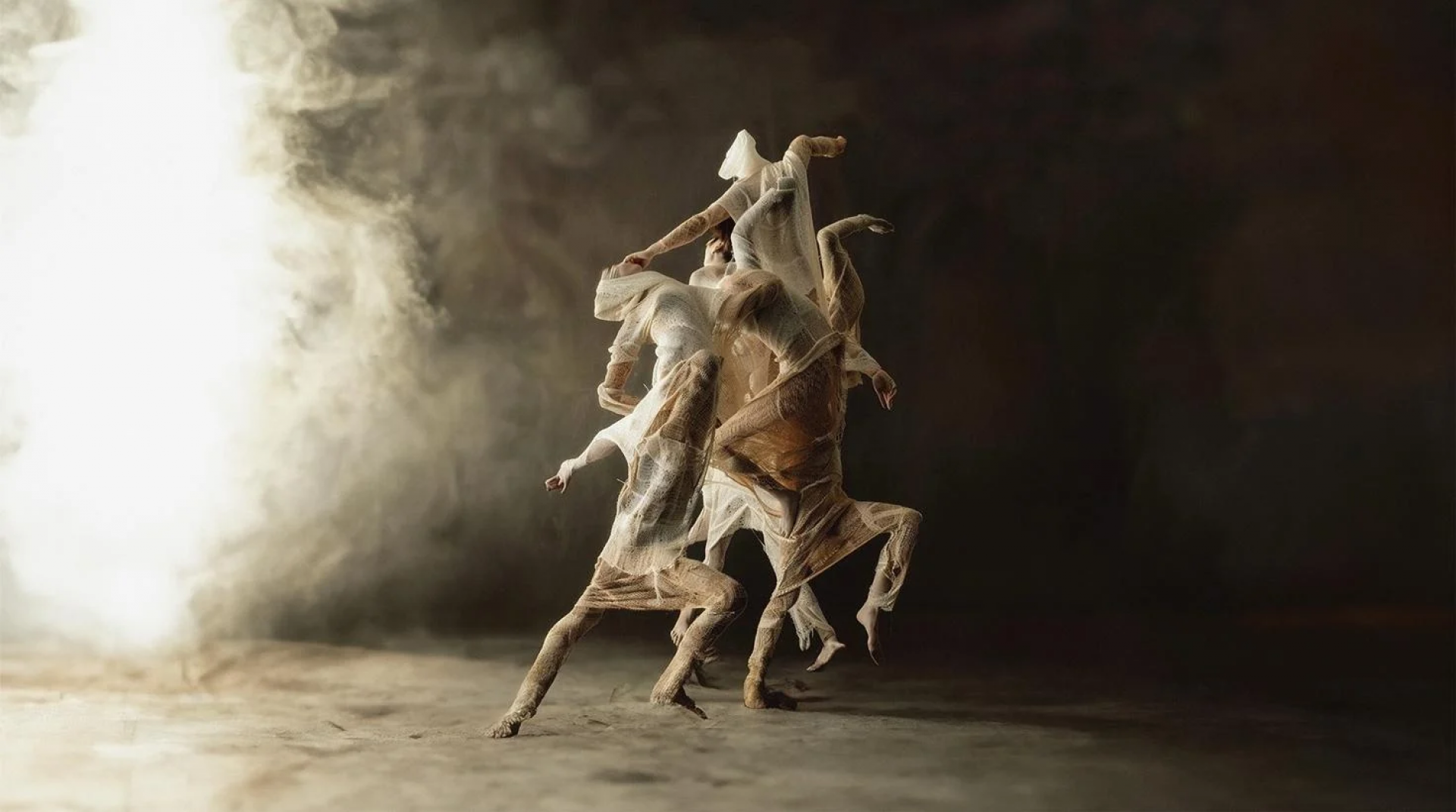Sémiramis / Don Juan - Ballet du Capitole de Toulouse
March 2025 | ||||||
|---|---|---|---|---|---|---|
Mo | Tu | We | Th | Fr | Sa | Su |
The sensitive and nuanced world of Gluck's music
In a co-production between Toulouse and the Liceu, dreamed up by Jordi Savall, the Ballet du Capitole de Toulouse returns to the stage of the Gran Teatre del Liceu to recreate, through movement, the sensitive and nuanced world of Gluck's music.
The acclaimed choreographer Edward Clug leads the company to bring color to these impressive scores.
Born in Romania (Beius, 1973), Clug escaped the communist repression of dictator Nicolae Ceaușescu by enrolling in a dance school. Having become a soloist at the National Drama Theatre of Maribor (Slovenia), he created his first choreography in 1996.
Already appointed director of the ballet company, he has created choreographies for the world's most prestigious companies: Zurich Ballet, Royal Ballet of Flanders, Aalto Ballet Essen, National Ballet of Ukraine, and NDT, among others. Jordi Savall, the most prestigious viola da gamba player and one of the conductors who has revolutionized the interpretation of music, has long desired to venture into the world of dance using the music Gluck wrote for his Don Juan.
Written a year before Orfeo ed Euridice, the composer renewed ballet by adapting a work of Molière for the Viennese audience in 1761. The following year he produced Sémiramis. These two works are innovative because they offer, for the first time, a coherent narrative where all the resources of the orchestra are put at the service of expressiveness. Jordi Savall and Le Concert des Nations, Edward Clug, and the Ballet du Capitole de Toulouse combine their energies to revive all the colors of these scores and remind us that, a quarter of a century before Mozart, another distinguished figure was gracing the stages of Europe with all the evocative power that music can achieve: C. W. Gluck.
Sémiramis
Libretto by Voltaire and original choreography by Gasparo Angiolini.
World premiere: 30/01/1765 at the K.K. Theater an der Burg in Vienna.
Premiere at the Gran Teatre del Liceu.
Don Juan
Libretto by Ranieri de’ Calzabigi based on Molière's work Dom Juan ou le Festin de pierre (1665) and original choreography by Gasparo Angiolini.
World premiere: 17/10/1761 at the Theater am Kärntnertor in Vienna.
Premiere at the Gran Teatre del Liceu.
Program and cast
Approximate running time - 1h 40min
Sémiramis
CHOREOGRAPHY: Ángel Rodríguez
SET DESIGN: Curt Allen Wilmer and Leticia Ganan
COSTUMES: Rosa Ana Chanza
LIGHTING: Nicolas Fischtel
Don Juan
CHOREOGRAPHY: Edward Clug
SET DESIGN: Marko Japelj
COSTUMES: Leo Kulas
LIGHTING: Tomaz Premzl
LE CONCERT DES NATIONS
CONDUCTOR: Jordi Savall
Gran Teatre del Liceu
Barcelona's opera house, the Gran Teatre del Liceu, was founded on the Rambla in 1847 and has continued over the years to fulfil its role as a culture and arts centre and one of the symbols of the city.
Today it is publicly-owned (by the Government of Catalonia, Barcelona City Council, Barcelona Provincial Council and the Ministerio de Educación, Cultura y Deporte) and administered by the Fundació del Gran Teatre del Liceu which, in addition to the aforementioned bodies, incorporates the Patronage Council and the Societat del Gran Teatre del Liceu (the old society of owners).
Origins: From 1837 to 1847
The Liceu evolved out of the Sociedad Dramática de Aficionados (Society of theatre-lovers) set up in 1837 at the instigation of Manuel Gibert in the former convent of Montsió by members of the National Militia, an organization of armed citizens with liberal leanings.
Barcelona's economy and population were growing fast at the time and the city needed a music conservatory. This led to the conversion of the Sociedad Dramática into the Liceo Filármonico Dramático Barcelonés de S.M. la Reina Isabel II (Barcelona Dramatic and Philharmonic Lyceum of HM Queen Isabel II). In addition to its theatrical activities, the new organization cultivated Italian-style singing and music.
The building on the Rambla
The original building was solemnly opened on 4 April 1847. The plans had been drawn up by Miquel Garriga i Roca, subsequently assisted by Josep Oriol Mestres. The project was funded by selling shares, which meant that many of the boxes and seats were to be privately owned. The shareholders formed the Societat del Gran Teatre del Liceu, known as the “Societat de Propietaris” (Society of Owners), which was in sole charge of running the Gran Teatre del Liceu from 1855 onwards, after it was legally separated from the Conservatori del Gran Teatre del Liceu.
The theatre was operated by impresarios who were given a concession to stage a specific number of productions in exchange for the proceeds from the sale of tickets not reserved for the Societat itself. This system was to endure until 1980.
The creation of the Consortium
By the last quarter of the 20th century this management system was no longer viable. In 1980, to avert the danger of the disappearance of an institution of such worldwide cultural renown, the Generalitat Catalonia's first government in modern times – set up a consortium, the Consorci del Gran Teatre del Liceu, which also incorporated Barcelona City Council and the Societat del Gran Teatre del Liceu. Barcelona Provincial Council joined the Consortium in 1985, followed by the Spanish Ministry of Culture in 1986. From then on the Consortium took over operation of the theatre.

 EN
EN DE
DE IT
IT FR
FR ES
ES RU
RU JP
JP RO
RO

